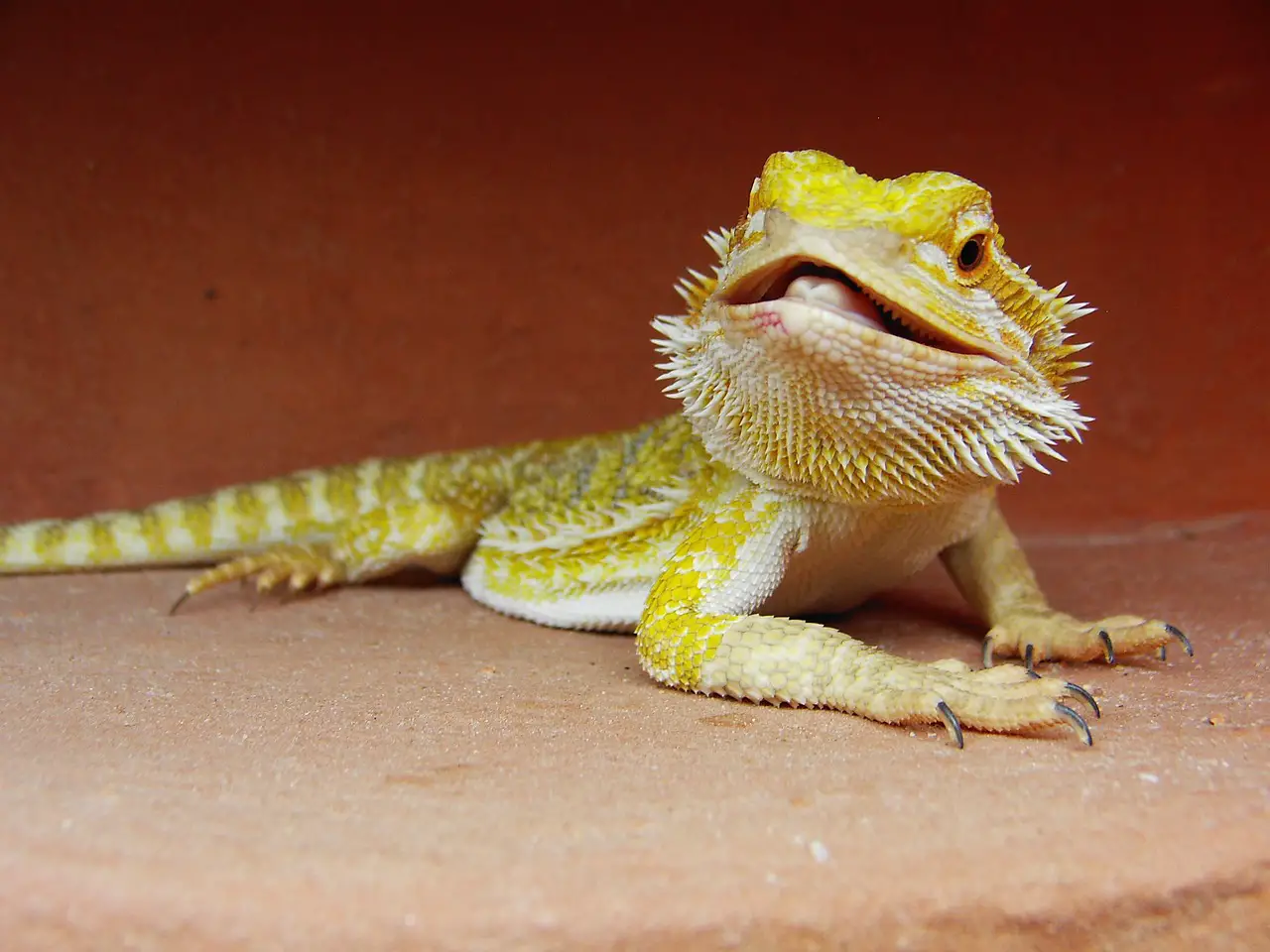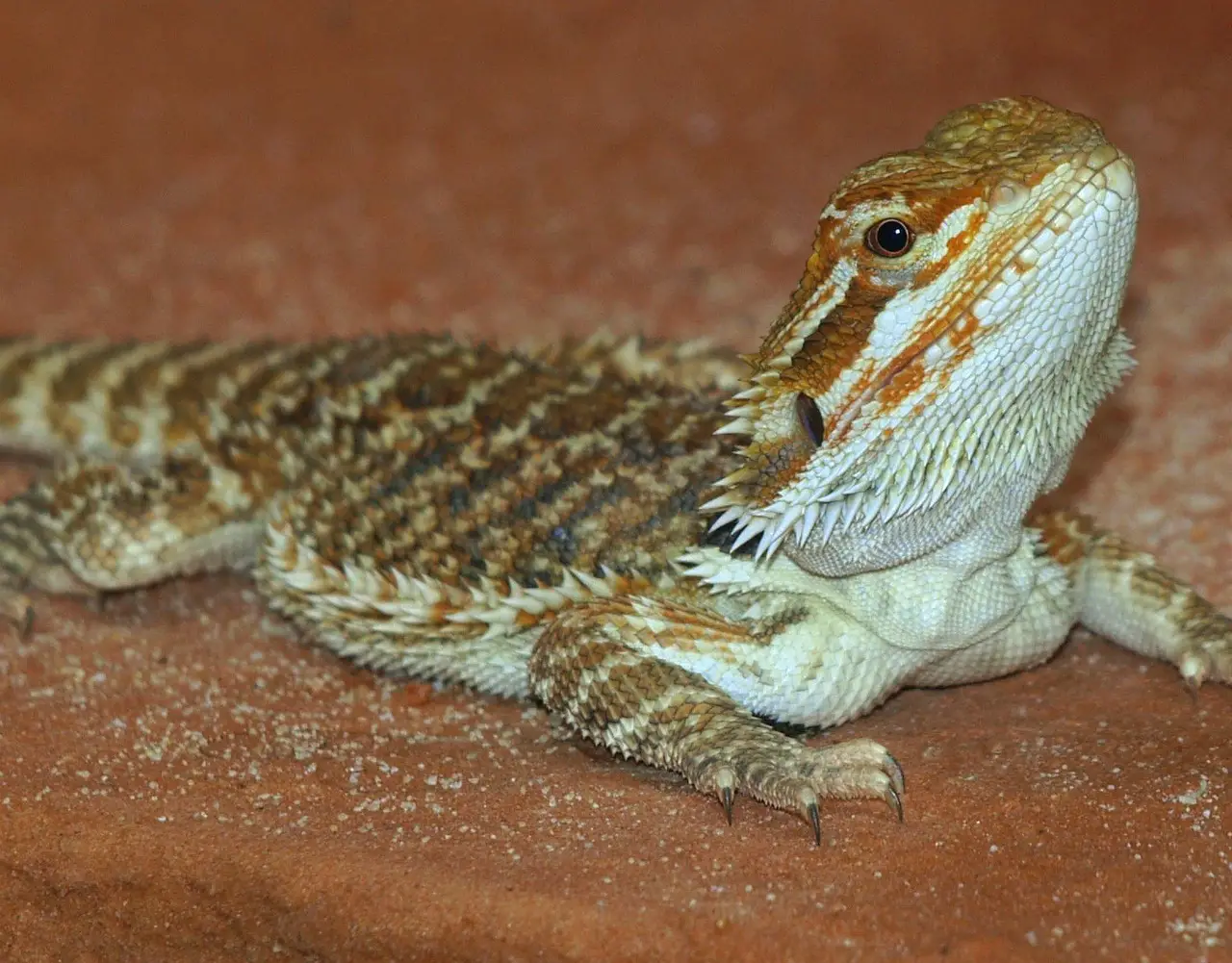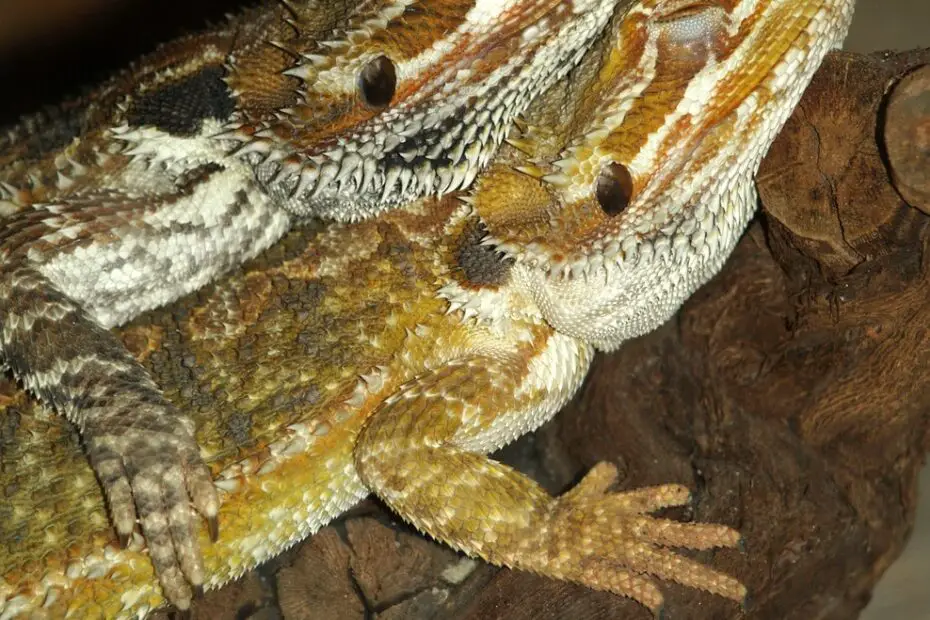Dragones barbudos, also known as bearded dragons, are fascinating reptiles that have become increasingly popular as pets. With their unique appearance and docile nature, these lizards make great companions for reptile enthusiasts of all ages. In this comprehensive guide, we will explore everything you need to know about caring for dragones barbudos to ensure they thrive in your care.
You may also want to read about Bearded dragon mistakes to avoid.
1. Introduction to Dragones Barbudos
Bearded dragons, scientifically known as Pogona, are a genus of reptiles native to Australia. They are named after the spiky projections under their throat that resemble a beard, which they can puff up when threatened or displaying dominance. These charismatic lizards have captured the hearts of pet owners worldwide due to their distinctive appearance, gentle demeanor, and relative ease of care.

2. What are Dragones Barbudos?
Physical Characteristics
Dragones Barbudos are medium-sized lizards that typically grow to a length of 18 to 24 inches (45-60 cm) from nose to tail. They have a robust build with a triangular-shaped head and a stout body. Their skin is covered in rough scales, and they possess sharp claws on their feet for climbing and gripping surfaces. One of their most iconic features is the row of spiky scales under their throat, which can change color based on their mood or environmental conditions.
Natural Habitat
In the wild, bearded dragons inhabit arid and semi-arid regions of Australia. They are often found in open woodlands, deserts, and grasslands. These reptiles are well adapted to their environment, utilizing their unique characteristics to survive the harsh conditions. They bask in the sun to regulate their body temperature, burrow into the ground to escape extreme temperatures, and even change their skin color to blend with their surroundings.
3. Popular Bearded Dragon Species
There are several species of bearded dragons, but the two most commonly kept as pets are Pogona vitticeps, also known as the Central or Inland Bearded Dragon, and Pogona henrylawsoni, commonly referred to as the Rankin’s or Lawson’s Dragon. Both species share similar care requirements, although they may differ slightly in terms of size and appearance.
4. Caring for Bearded Dragons
Proper care is essential for the health and well-being of your bearded dragon. Here are some key considerations to keep in mind when providing a suitable environment for your pet.
Housing Requirements
Bearded dragons require a spacious and secure enclosure to thrive. A glass terrarium or a custom-built wooden vivarium with proper ventilation is recommended. The enclosure should be large enough to accommodate the dragon comfortably and should include hiding spots, branches, and rocks for climbing and basking.
Temperature and Lighting
Maintaining the correct temperature gradient is crucial for bearded dragons. They require a basking area with a temperature of around 95-105°F (35-40°C) during the day, while the cooler end of the enclosure should range between 75-85°F (24-29°C). UVB lighting is also essential for these reptiles as it aids in the synthesis of Vitamin D3, which is crucial for calcium absorption.
Diet and Feeding
A well-balanced diet is essential for the overall health of your bearded dragon. Their diet mainly consists of insects, such as crickets, mealworms, and dubia roaches, which should be dusted with a calcium supplement. Additionally, leafy greens and vegetables should make up a significant portion of their diet. It is important to provide fresh water daily and monitor their food intake to prevent obesity.
Handling and Socialization
Bearded dragons can become tame and enjoy human interaction with proper handling and socialization. Start by offering treats from your hand and gradually progress to gently picking them up. Always support their body and avoid grasping them by the tail, as it can cause stress or injury.
5. Bearded Dragon Health and Wellness
Ensuring the health and wellness of your bearded dragon is paramount. Regular monitoring and prompt action are necessary to prevent and address any potential health issues.

Common Health Issues
Bearded dragons may be susceptible to various health problems, including metabolic bone disease, respiratory infections, parasitic infestations, and shedding difficulties. It is important to be aware of the signs of illness, such as lethargy, loss of appetite, abnormal stool, or any changes in behavior.
Regular Veterinary Check-ups
Schedule regular visits to an experienced reptile veterinarian to monitor your bearded dragon’s health and receive professional advice. A veterinarian can perform routine examinations, fecal tests, and provide guidance on nutrition, habitat maintenance, and any necessary medical treatments.
Proper Hygiene and Cleanliness
Maintaining a clean environment is vital to prevent the buildup of bacteria and other harmful pathogens. Clean the enclosure regularly, removing any feces or uneaten food promptly. Disinfect the enclosure with reptile-safe cleaners, and provide fresh water daily.
6. Bearded Dragon Behavior and Temperament
Understanding the behavior and temperament of bearded dragons is crucial for effective care and handling.
Communication Methods
Bearded dragons communicate through various visual and behavioral cues. They may wave their arms, bob their heads, darken their beards, or change their body posture to signal different intentions. By observing these cues, you can better understand their needs and emotions.
Typical Behaviors
Bearded dragons exhibit a range of behaviors, including basking under heat lamps, exploring their enclosure, and occasionally digging in substrate. They may also display territorial behavior, especially during breeding season. It is important to provide a stimulating environment with opportunities for physical and mental enrichment.
Handling Aggression
While bearded dragons are generally docile, they can sometimes display aggressive behavior if they feel threatened or stressed. It is crucial to approach them calmly, avoid sudden movements, and allow them to retreat if they show signs of discomfort. Regular handling and socialization from a young age can help minimize aggression.
7. Breeding Bearded Dragons
Breeding bearded dragons can be a rewarding experience for experienced reptile enthusiasts. Here are some key considerations for successful breeding.
Sexual Dimorphism
Male and female bearded dragons exhibit certain physical characteristics that can help differentiate their sex. Males tend to have larger heads, wider bodies, and femoral pores, while females have smaller heads and narrower bodies.
Mating and Egg-laying
Bearded dragons typically mate during the spring months, with the male performing a courtship ritual to attract the female. Once successfully mated, females will lay a clutch of eggs, usually in a shallow nesting box filled with a suitable substrate.
Incubation and Hatching
Bearded dragon eggs require careful incubation for successful hatching. The temperature and humidity levels need to be maintained within specific ranges, and the eggs should be monitored regularly for signs of development. Hatching usually occurs after an incubation period of around 60 to 90 days.
8. Bearded Dragon FAQs
- Can Bearded Dragons swim?
- While bearded dragons are not natural swimmers, they can swim if necessary. However, it is essential to provide a shallow and safe water source for them to avoid any accidents.
- How long do Bearded Dragons live?
- With proper care, bearded dragons can live for 10 to 15 years or even longer in some cases.
- Can Bearded Dragons change color?
- Yes, bearded dragons have the ability to change their color. They can become darker or lighter to regulate their body temperature or as a response to their environment.
- Do Bearded Dragons require a UVB light?
- Yes, UVB lighting is essential for bearded dragons as it helps them synthesize Vitamin D3, which is crucial for calcium metabolism and overall health.
- What should I do if my Bearded Dragon stops eating?
- A loss of appetite in bearded dragons can be a sign of underlying health issues. If your dragon stops eating, it is best to consult with a reptile veterinarian to determine the cause and appropriate course of action.
9. Conclusion
Dragones barbudos, or bearded dragons, make captivating and rewarding pets. Their unique appearance, gentle nature, and relatively low-maintenance requirements have made them increasingly popular among reptile enthusiasts. By providing a suitable habitat, proper nutrition, regular veterinary care, and understanding their behavior, you can ensure a fulfilling and enriching life for your bearded dragon.
